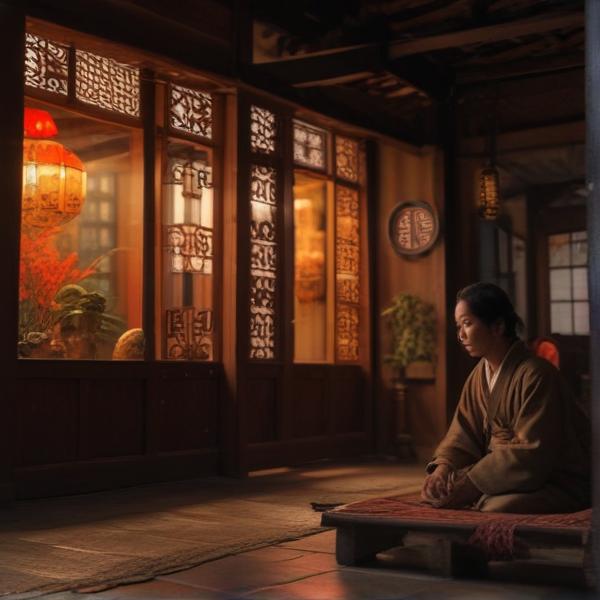基本信息 (Basic Information)
含义与用法 (Meanings & Usage)
中文核心释义 (Core Chinese Meaning): 抬起(头),高举,高傲;价格高。
英文核心释义 (Core English Meaning): to raise (one's head), hold high, proud; (of prices) high
象形意义 / 为何这么写 (Pictographic Meaning / Writing Rationale)
文言文释义 (Classical Chinese Meaning)
文言文中的“昂”与现代意义相近,主要表示抬头、高举,也有高傲、情绪高涨等引申义。Similar to modern meaning; in Classical Chinese, '昂' primarily meant to raise the head or hold high, and by extension, pride or elevated mood.
深入学习 (In-depth Study)
字源故事 (Origin Story)
字形演变 (Character Evolution)
常用词语和例句 (Common Words & Examples)
昂首 (to hold one's head high)
他昂首走进了会场。
Eng: He entered the venue with his head held high.
高昂 (high (in price or spirit), expensive; uplifted)
商品价格依然高昂。
Eng: The prices of goods remain high.
昂贵 (expensive)
这里的生活成本十分昂贵。
Eng: The cost of living here is very expensive.
相关成语 (Related Idioms)
昂首挺胸
Meaning: to hold one's head high and stick out one's chest; to face things confidently and proudly
多语言翻译 (核心释义) (Translations (Core Meaning))
- French: lever (la tête), fier, élevé
- German: den Kopf heben, stolz, hoch (Preis)
- Spanish: levantar (la cabeza), orgulloso, caro
- Italian: alzare (la testa), orgoglioso, caro
- Portuguese: erguer (a cabeça), orgulhoso, alto
- Russian: поднимать (голову), гордый, высокий (цена)
- Arabic: رفع الرأس، فخور، مرتفع (الثمن)
- Persian: بالا بردن (سر)، مغرور، گران
- Dutch: het hoofd opsteken, trots, hoog (prijs)
- Polish: podnosić (głowę), dumny, wysoki (cena)
- Vietnamese: ngẩng (đầu), tự hào, đắt
- Ukrainian: піднімати (голову), гордий, високий (ціна)
视频学习资源 (Video Learning Resources)
通过以下链接在热门视频网站搜索 "昂" 的更多讲解:
Search for more explanations of "昂" on popular video sites:
- 在 Bilibili.com 搜索 "昂 字源 说文解字" (Search on Bilibili)
- 在 YouTube.com 搜索 "昂 character origin etymology" (Search on YouTube)
网络参考 (Web References for "昂") ()
网络搜索信息待获取。Web search information pending.
更多图片 (昂 More Images) ()
